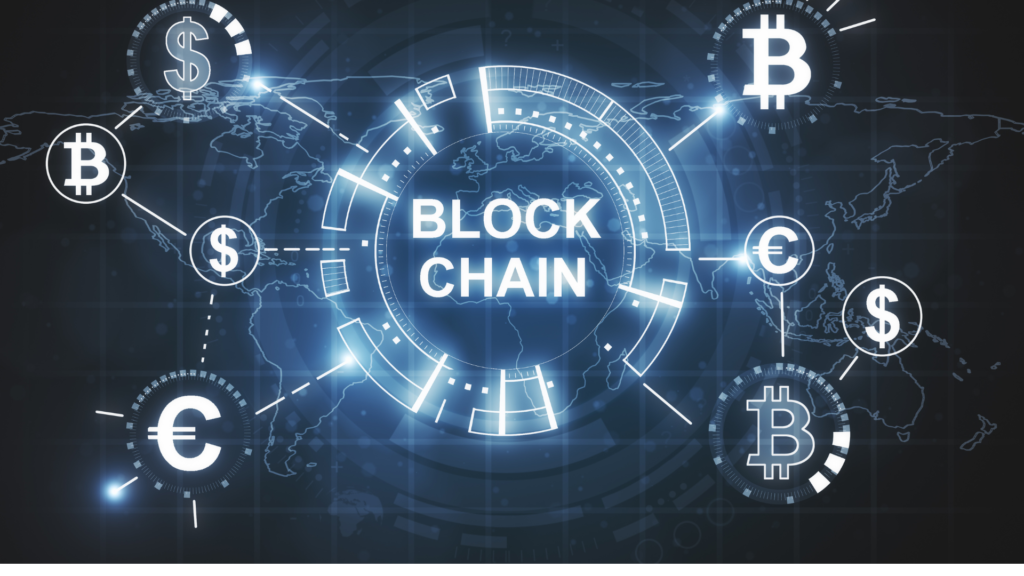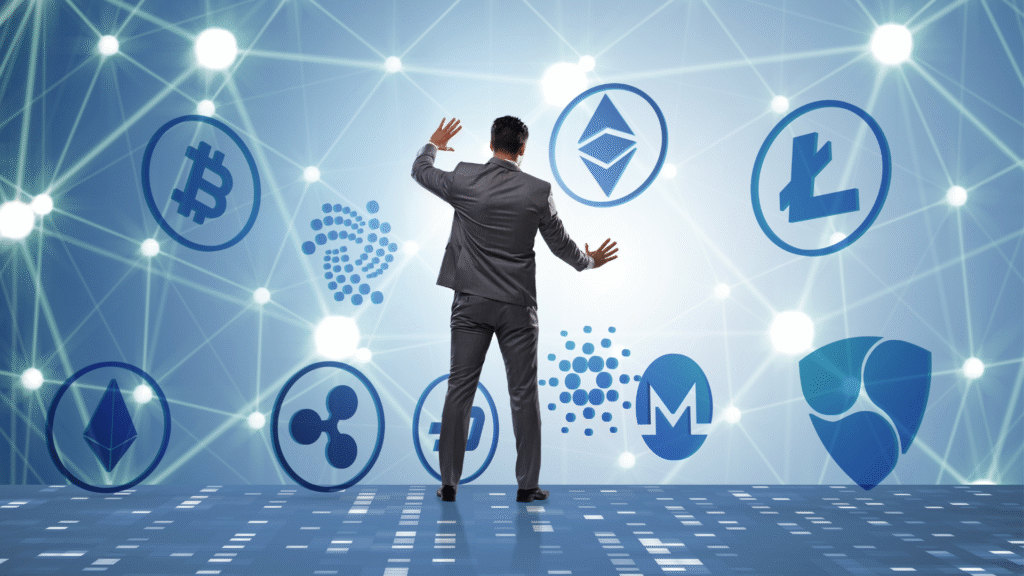The rise of Play-to-Earn Gaming has transformed the traditional gaming landscape by merging entertainment with real-world financial rewards. Powered by blockchain technology, this new model allows players to earn digital assets, cryptocurrencies, and NFTs (non-fungible tokens) simply by participating in gameplay. Unlike conventional games where rewards remain locked within the game ecosystem, Play-to-Earn Gaming empowers players with true ownership, enabling them to trade, sell, or use their in-game assets across multiple platforms. This revolutionary shift is redefining the gaming economy, creating new opportunities for gamers, developers, and investors alike.
The Evolution of the Gaming Economy
For decades, gaming has been primarily about fun, competition, and social interaction. Players would spend countless hours mastering levels and upgrading characters, but their achievements rarely translated into tangible value. The gaming economy was largely controlled by centralized companies that owned the assets, currencies, and marketplaces.
With the introduction of blockchain, this centralized control began to crumble. Blockchain technology brought decentralization, transparency, and immutability to gaming. It enabled players to have verifiable ownership of digital items through NFTs and allowed the creation of decentralized economies where gamers could profit from their time and skills. This is where Play-to-Earn Gaming found its foundation—a model that bridges gaming and finance.
What Makes Play-to-Earn Gaming Different?
Traditional games operate on a “pay-to-play” model, where players purchase in-game items or upgrades without any real-world financial return. In contrast, Play-to-Earn Gaming introduces a paradigm shift by rewarding players with crypto tokens or NFT assets for their participation and achievements.
Here’s how it works:
- Ownership: Players own their in-game assets as NFTs, which can be sold or traded on blockchain marketplaces.
- Transparency: Every transaction is recorded on a blockchain ledger, ensuring fairness and eliminating fraud.
- Monetization: Players can convert their earned tokens into real-world currencies through crypto exchanges.
This new model encourages player engagement and loyalty because their time investment leads to measurable rewards.
How Blockchain Powers Play-to-Earn Gaming
Blockchain serves as the backbone of the Play-to-Earn Gaming ecosystem. It provides the technical infrastructure needed for decentralized asset ownership, peer-to-peer trading, and tokenized reward systems.
Key components include:
- Smart Contracts: These are self-executing contracts that automatically enforce game rules, rewards, and ownership transfers without intermediaries.
- NFTs (Non-Fungible Tokens): They represent unique digital items—characters, weapons, skins, or land—that players truly own.
- Cryptocurrencies: Games use native tokens as in-game currencies. Players can earn and trade these tokens for real-world value.
- Decentralized Marketplaces: Players buy, sell, and trade their NFTs and tokens securely without centralized control.
Together, these blockchain features ensure that gaming assets have real-world liquidity, permanence, and value beyond the game’s environment.
The Rise of the Metaverse and Play-to-Earn Integration
The integration of Play-to-Earn Gaming with the metaverse has opened a new era of digital interaction. The metaverse—a shared virtual world where users interact, socialize, and transact—has become the perfect playground for blockchain-powered games.
In the metaverse, players can use their NFTs across different games or platforms, creating a unified digital identity. For example, a sword earned in one game could be traded or used in another blockchain-based universe. This interoperability is a groundbreaking feature that makes Play-to-Earn games more immersive and economically sustainable.
Companies like Axie Infinity, Decentraland, and The Sandbox have already pioneered this concept, allowing players to earn substantial income through in-game participation, trading, and staking.
Economic Opportunities and Global Impact
Play-to-Earn Gaming has created entirely new income streams, particularly in developing countries where gaming can serve as a full-time or supplementary source of income. During the pandemic, thousands of players in countries like the Philippines and Vietnam earned daily wages by playing blockchain-based games such as Axie Infinity.
Beyond individual earnings, this new gaming economy is driving innovation across multiple sectors:
- Developers are designing tokenized ecosystems with long-term sustainability.
- Investors are exploring gaming tokens and NFTs as alternative assets.
- Brands are collaborating with games for NFT drops and digital marketing campaigns.
This economic shift demonstrates that gaming is no longer a passive hobby but an active financial ecosystem that empowers users globally.
Overcoming the Roadblocks in Play-to-Earn Gaming
Despite its enormous potential, Play-to-Earn Gaming is not without hurdles. The industry faces multiple challenges that must be addressed for long-term success. One major concern is scalability—high transaction fees and network congestion on certain blockchains can make gameplay slow and expensive. Regulatory uncertainty is another barrier, as governments around the world are still developing frameworks for cryptocurrencies and NFTs.
Sustainability also poses a challenge; some games rely heavily on new players purchasing tokens to keep their economies stable, which can lead to short-term volatility. Additionally, security risks such as hacks, phishing attacks, and fake NFT marketplaces continue to threaten player assets. However, developers are actively finding solutions—introducing Layer 2 scaling, hybrid blockchain systems, and advanced smart contract auditing—to ensure smoother, safer, and more sustainable ecosystems for players.
The Next Era of Blockchain-Powered Gaming
The evolution of Play-to-Earn Gaming is moving toward greater accessibility, innovation, and long-term stability. As blockchain technology advances, lower transaction fees and improved cross-chain connectivity will make participation easier for players worldwide. This enhanced efficiency will help gaming communities grow organically while delivering smoother, more inclusive experiences.
Emerging innovations such as AI-powered gameplay, decentralized governance (DAOs), and immersive mixed-reality features are redefining how players interact with digital ecosystems. Major gaming studios are also beginning to integrate blockchain technology into their existing titles, signaling a broader industry shift toward decentralized gaming models.
Ultimately, the coming years will mark a transformation in how players view gaming—not merely as entertainment, but as a meaningful source of income, creativity, and digital ownership within a borderless economy.
The rise of blockchain-powered gaming marks a groundbreaking shift in how people experience digital entertainment. This innovative model gives players true ownership, transparency, and earning potential that were once unimaginable. As the gaming industry continues to evolve, it is set to transform global economies, redefine how players participate, and create a more inclusive, rewarding, and decentralized future for everyone who loves to play.
Frequently Asked Questions (FAQs)
1. What is Play-to-Earn Gaming?
A. Play-to-Earn Gaming is a blockchain-based gaming model that allows players to earn cryptocurrencies or NFTs as rewards for their participation and achievements in the game.
2. How does Play-to-Earn differ from traditional gaming?
A. Traditional games focus on entertainment, while Play-to-Earn models reward players with real-world value for their time and skills, giving them ownership of their digital assets.
3. Do I need to invest money to start Play-to-Earn Gaming?
A. Some games are free-to-play, while others require initial investment to purchase NFTs or tokens. However, many platforms are now offering scholarships or community-based entry options.
4. Can I convert my gaming rewards into real money?
A. Yes. Most Play-to-Earn games use cryptocurrencies or tokens that can be traded on exchanges for fiat currency or other digital assets.
5. Is Play-to-Earn Gaming sustainable?
A. The sustainability depends on a game’s economic design. Successful Play-to-Earn games focus on balancing token supply, player incentives, and long-term engagement rather than relying solely on new entrants.
6. Are there risks involved in Play-to-Earn Gaming?
A. Yes, like any crypto-related activity, risks include market volatility, scams, and hacking. Players should research projects carefully and use secure wallets.



